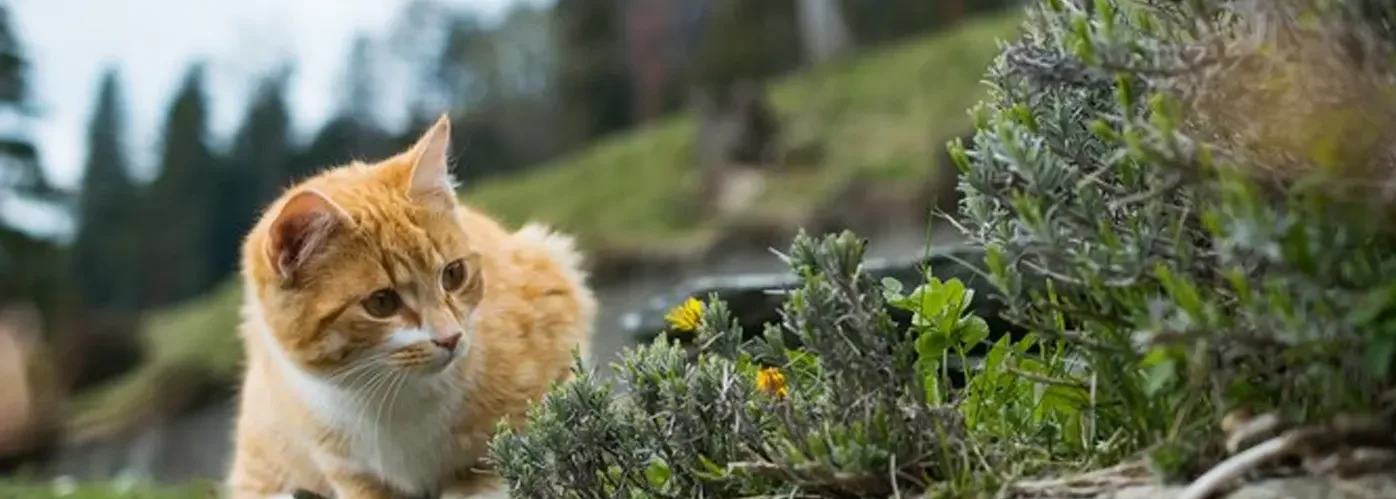Life-giving milk! Mammals create it to feed their young but did you know that certain birds also produce a milk-like substance in order to feed their offspring? And, unlike mammals, the male and female produce it and provide these life-giving nutrients to their young? This “milk” goes by a few names such as bird milk, crop milk, or pigeon milk.
Several different species of bird are said to produce this substance and the most well-known is pigeon milk which pigeons feed to their squabs. Doves, which are from the same family as pigeons, flamingoes, and emperor penguins also feed their young bird milk. In the case of emperor penguins, however, the male can produce milk but females cannot.
Male and female adult pigeons secrete crop milk from–you guessed it–their crop. A crop is a muscular pouch that is located in the lower section of the esophagus and is, in fact, an enlargement of the esophagus used to store food. The milk that pigeons produce is a secretion of the cells that are lining the crop and is high in fat and protein. A pigeon’s young will stick their beak into their parent’s bill in order to further stimulate the production and release of the substance in order to feed.
A few days before their eggs hatch, pigeons start to produce crop milk. At this time they may also stop feeding entirely so that there are no seeds or debris contaminating the milk which a new hatchling would be unable to digest. They will feed this immune boosting substance to their hatchlings for approximately the first few weeks of their newborns’ existence. The first few days of their existence they are actually fed crop milk exclusively unlike the young of many birds that feed their offspring insects.
Milk that comes from flamingoes is not created or stored in a crop. In their case, the milk is secreted from the lining of the digestive track and is regurgitated into its young’s mouth. Unlike pigeons whose offspring feed on crop milk for only a few weeks, flamingo chicks may feed for up to two months on this life-giving substance. Flamingoes are not born with the feeding apparatus necessary to properly forage for solid food. While this apparatus develops, they will feed exclusively on bird milk until they can feast on mature food.
Lastly, male emperor penguins secrete milk from the lining of their esophagus in order to bridge the gap between their nestling’s hatching and their mother’s return with food from fishing at sea. The milk is not meant to sustain the chick for longer than a few days to a week. If the mother does not return or her return is delayed, the chick will perish.
Bird milk is yet another fascinating creation that allows mother nature’s creatures to flourish. From pigeons and doves, to flamingoes, and emperor penguins, the use of bird milk to sustain life is critical to the survival of some of our most beloved birds.





